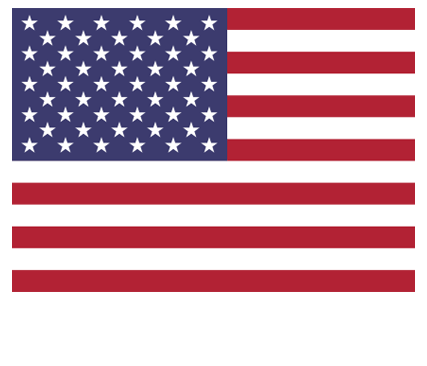How Does A Vacuum Thermoformer Work?
In short, a vacuum thermoformer works by heating a plastic sheet to pliability, stretching the pliable plastic sheet onto a mold, then using vacuum pressure to fit the plastic sheet to the shape of the mold. Different types of vacuum forming can implement epoxy tools and wooden patterns along with aluminum tooling.
Different Types Of Vacuum Molds
There are two different types of vacuum molds: male and female. When vacuum forming with a male mold, the sheet is situated over the mold. Male molds are preferred when the inner dimensions of the end-product are the priority. When vacuum forming with a female mold, the sheet is situated inside the mold. Female modes are preferred with the outer dimensions of the end product are the priority.
The Vacuum Forming Process
The process of vacuum forming involves clamping a plastic sheet to a frame and applying heat until plastic sheet starts to sag a little. The frame then seals against the mold and the application of vacuum pressure begins. When this happens, the pliable plastic sheet is essentially pulled against the mold and conformed to the desired shape. The bottom of the sag tends to conform to the mold first and usually maintains its original thickness. The plastic material that conforms to the top edges and corners, on the other hand, stretch the most and, as a result, are thinner than the original thickness. When the plastic is cooled, it is removed from the frame and trimmed as necessary to achieve the final design.
A Word About Billow Forming And Plug Assists
Because straight vacuum forming can lead to varied levels of thickness in a product, it is sometimes paired with other techniques, namely: billow forming and plug assists. Both of these techniques are implemented with the goal of creating a more consistent level of thickness across an entire product. Plug assists, it is worth noting, can be implemented with both billow forming and straight vacuum forming.
In the billow forming technique, the still-pliable plastic sheet is inflated to a bubble with about the same surface area that the end product will have. Vacuum pressure is them applied against this sheet to pull it against the mold. The effect is a product with a more uniform degree of thickness across the entire surface. In situations like this, a plug assist may also be used if the depth of the draw for the mold is particularly deep.
In Conclusion
At Spencer Industries, we leverage the experience we have accrued since 1969 in formulating creative thermoforming solutions for industries as varied as refrigeration, transportation, UTVs, agriculture, and more.
If you have a thermoforming project at hand, call us at 1-800-467-4561 today. Let us put our expertise to work for you!



